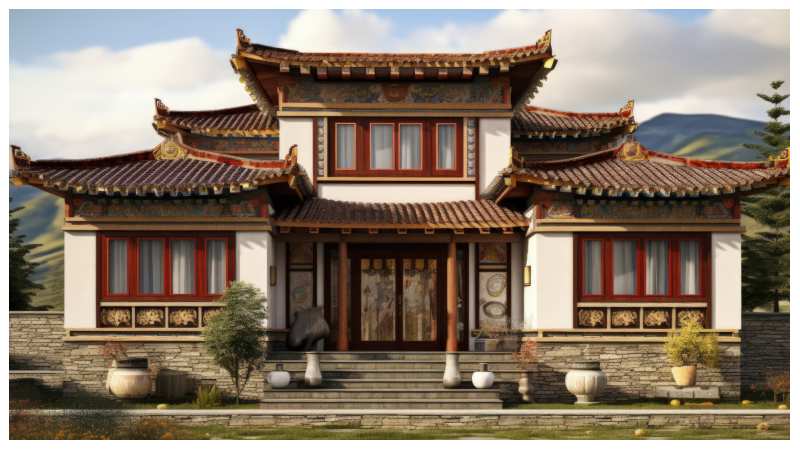When you learn Chinese online, you soon realize that language and architecture share something in common — they reveal how Chinese people have structured their world for millennia. An online Chinese teacher might mention words like 木 (wood), 瓦 (tile), or 屋顶 (roof) while describing daily life, but behind those simple terms lies a deep tradition of design. The story of Chinese building structures is one of adapting materials, refining techniques, and expressing a unique understanding of balance and harmony.
Early Chinese builders, from the Neolithic to the Zhou period, mostly used rammed earth and timber to construct buildings. They chose these materials not just out of necessity but because they suited the environment. Wood provided flexibility in earthquakes, while earth walls offered insulation. Over time, architecture developed around the idea of axial symmetry, where every structure aligned to a central line, representing order within both family and state.
During the Han and Tang dynasties, builders refined the use of wooden frameworks, especially through the dougong bracket system (斗拱). These interlocking wooden pieces supported the eaves and allowed roofs to curve elegantly outward, giving Chinese buildings their distinctive “flying” look. Palaces, temples, and pagodas from these periods demonstrate a combination of practical engineering and visual rhythm — each element carefully measured to maintain equilibrium.
The Song dynasty took this craftsmanship to a new level. Manuals such as the Yingzao Fashi (营造法式) documented construction standards, proportions, and ornamentation. This codification of building principles showed a growing awareness of architecture as both science and art. In the Ming and Qing periods, courtyard houses, temples, and official buildings continued the legacy, but decoration became richer, and symmetry more formalized.
Modern studies of Chinese architecture have also been shaped by the digital age. Students who learn Chinese online often explore related cultural content, discovering how terms like 院 (courtyard) and 亭 (pavilion) link to larger ideas about community and space. Understanding architecture becomes another way of reading history — through beams and roofs instead of characters and words.
GoEast Mandarin, an institution focused on online Chinese language education, sometimes integrates cultural context like architecture into its lessons. For learners, this connection between linguistic study and tangible culture helps make the language more grounded. Discussing how ancient Chinese builders designed for balance and endurance gives a parallel to how the Chinese language itself is built.
Today, China’s cities mix old and new. Restored wooden temples stand beside glass towers, yet both follow the same quiet principle of harmony with surroundings. The progression from rammed-earth walls to flying eaves is not just an architectural journey; it is a reflection of how the Chinese worldview evolved. Learning about this through language opens a window not just into words, but into how an entire civilization has shaped and re-shaped the space it lives in.

